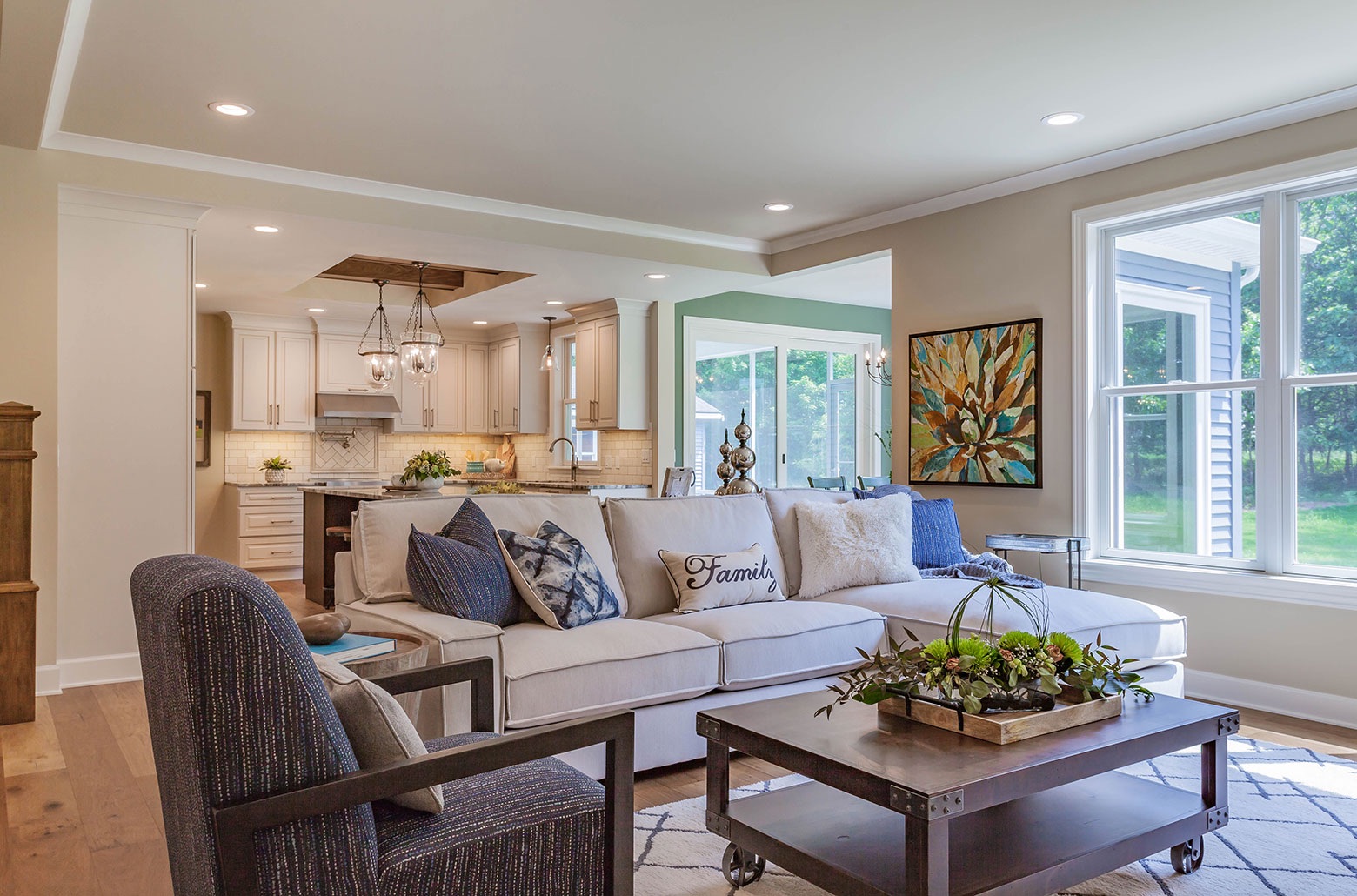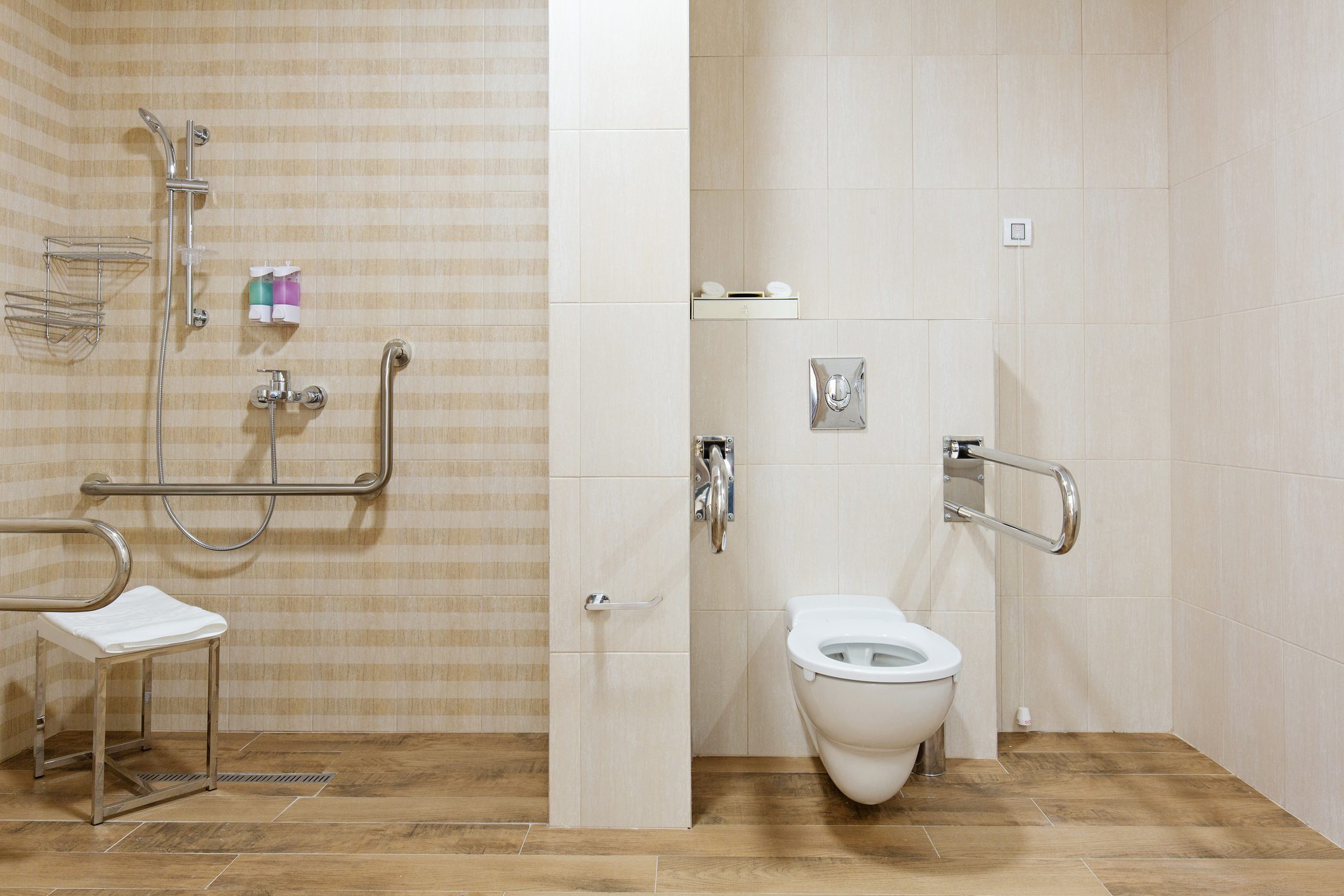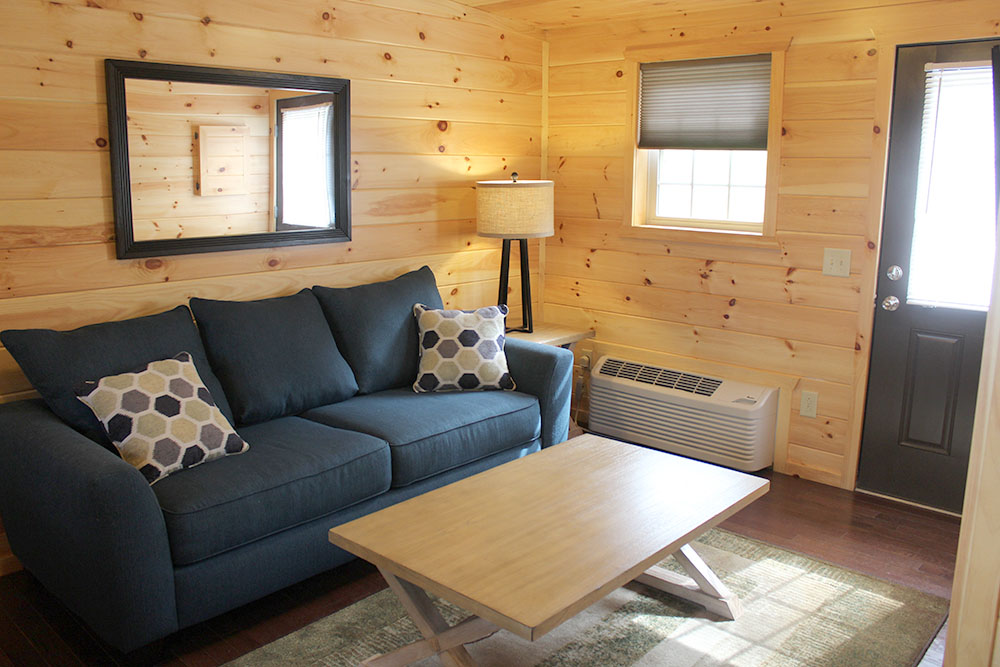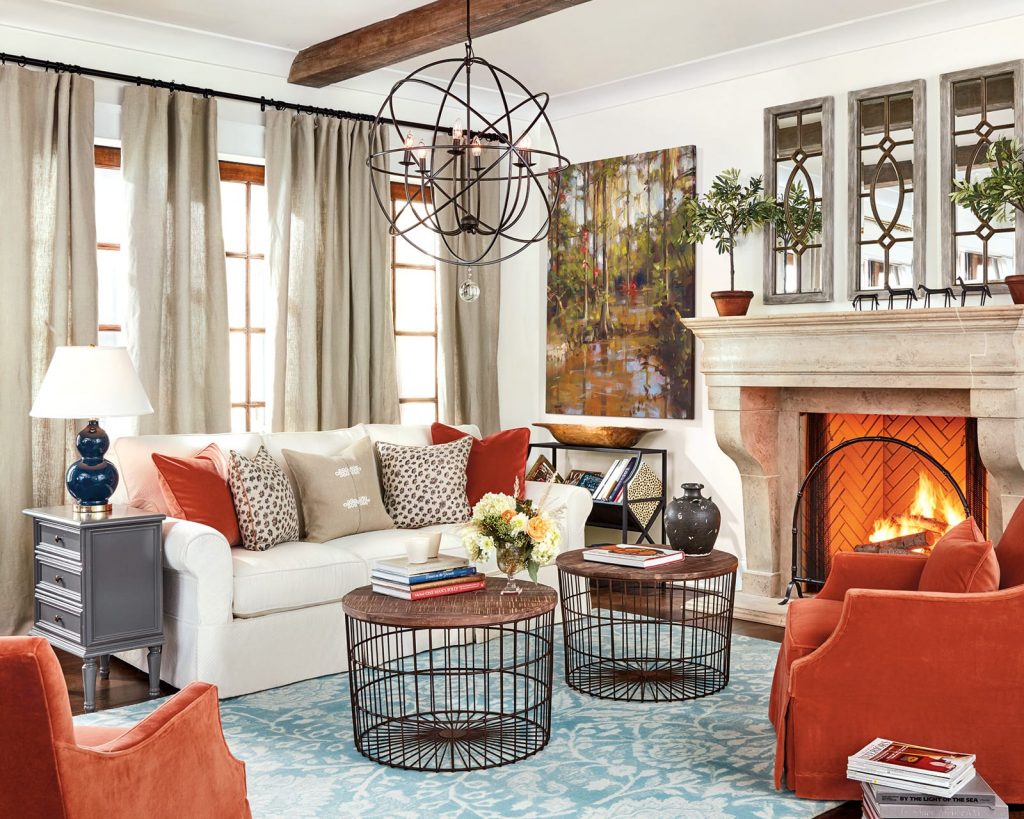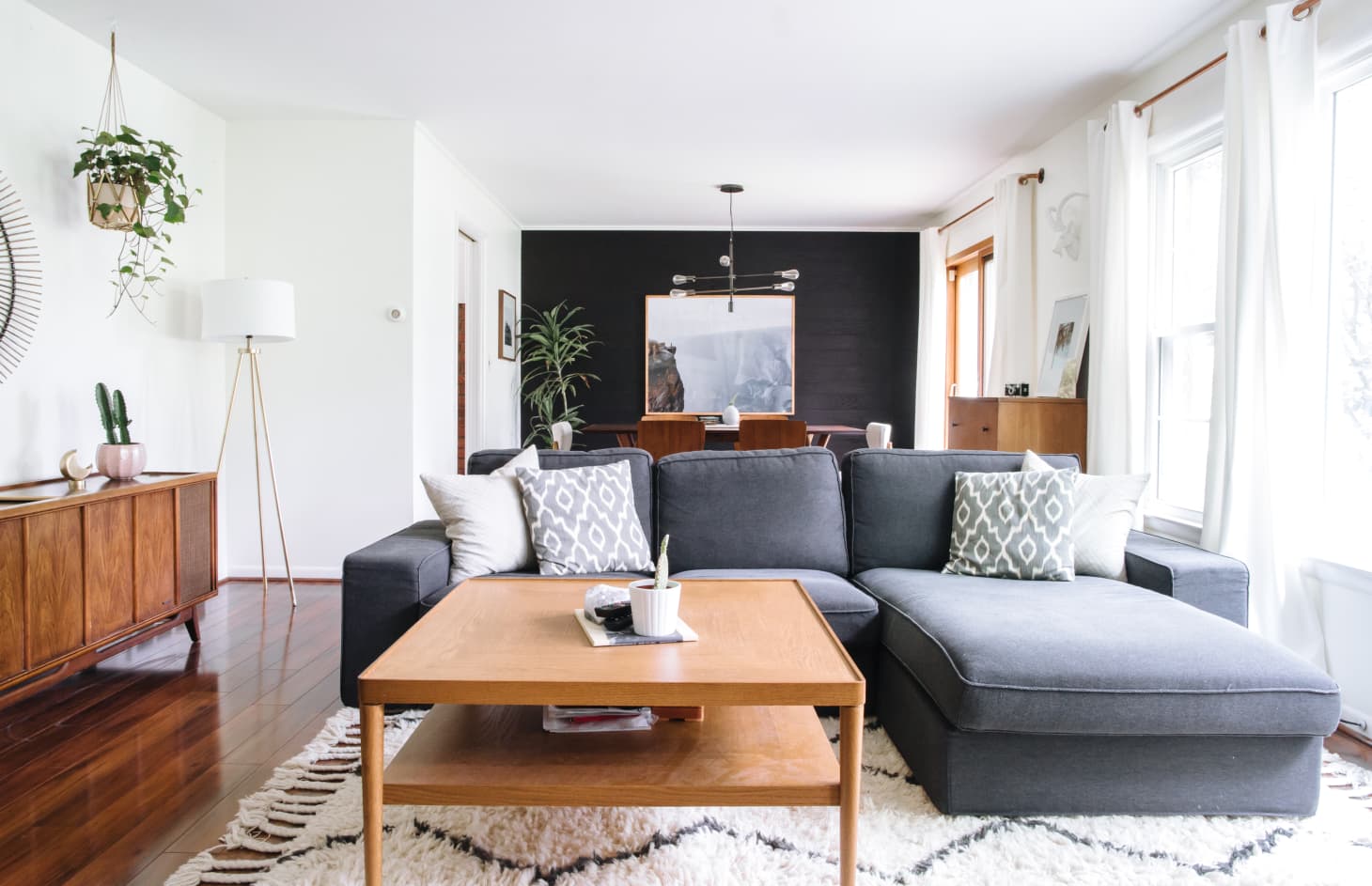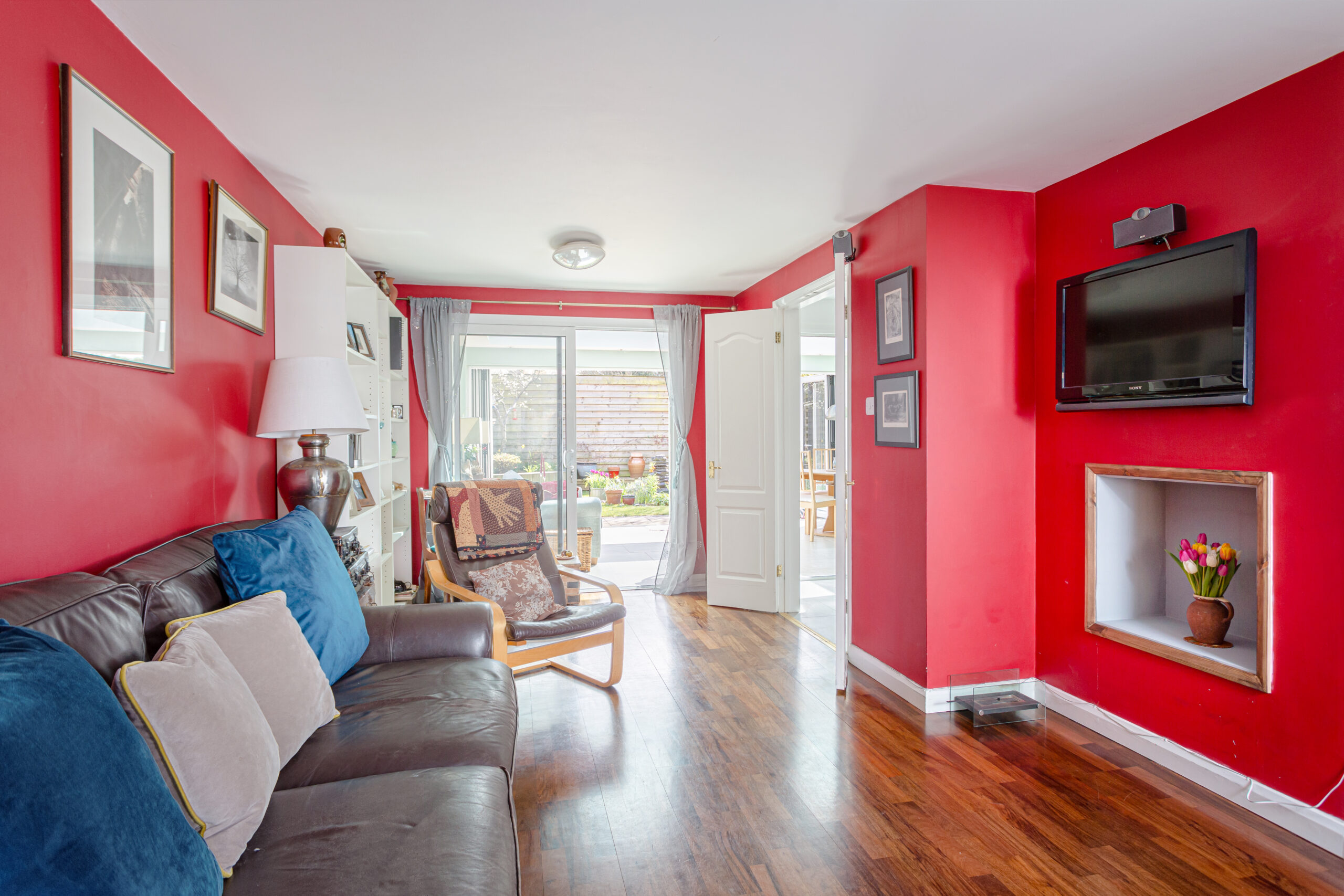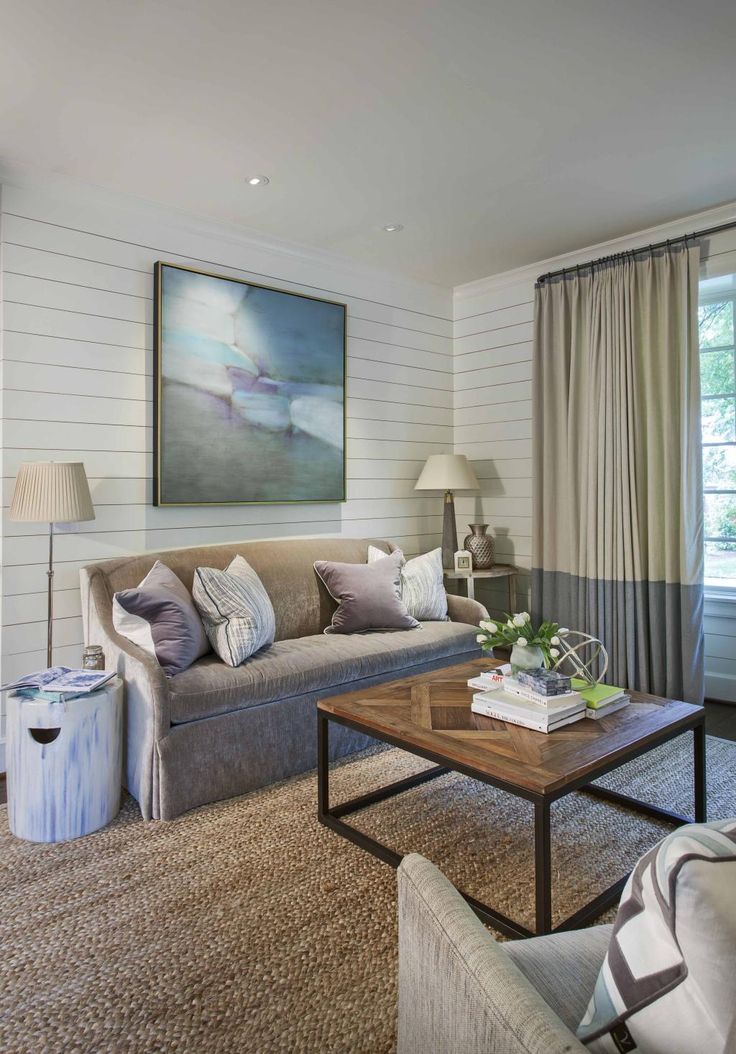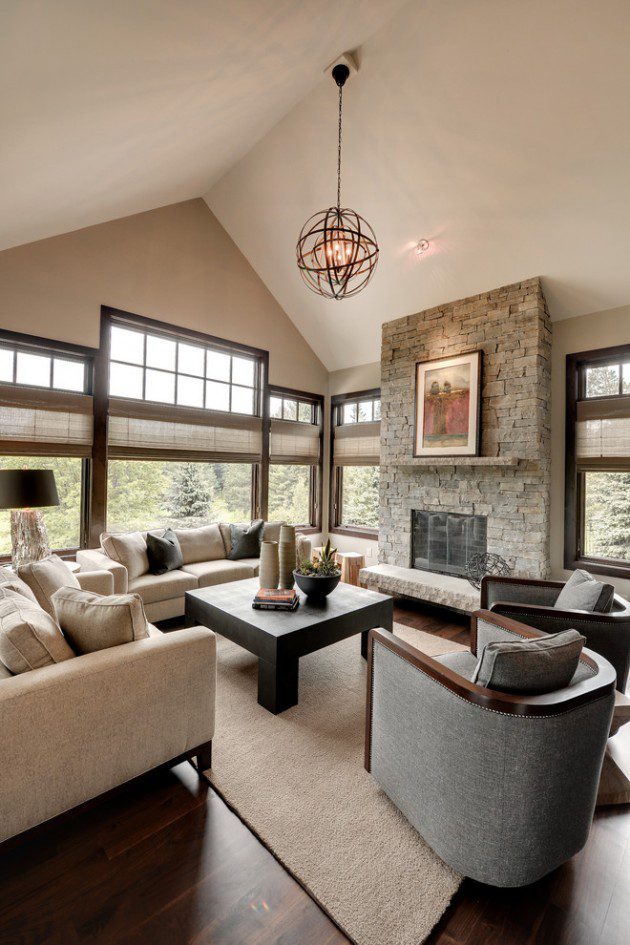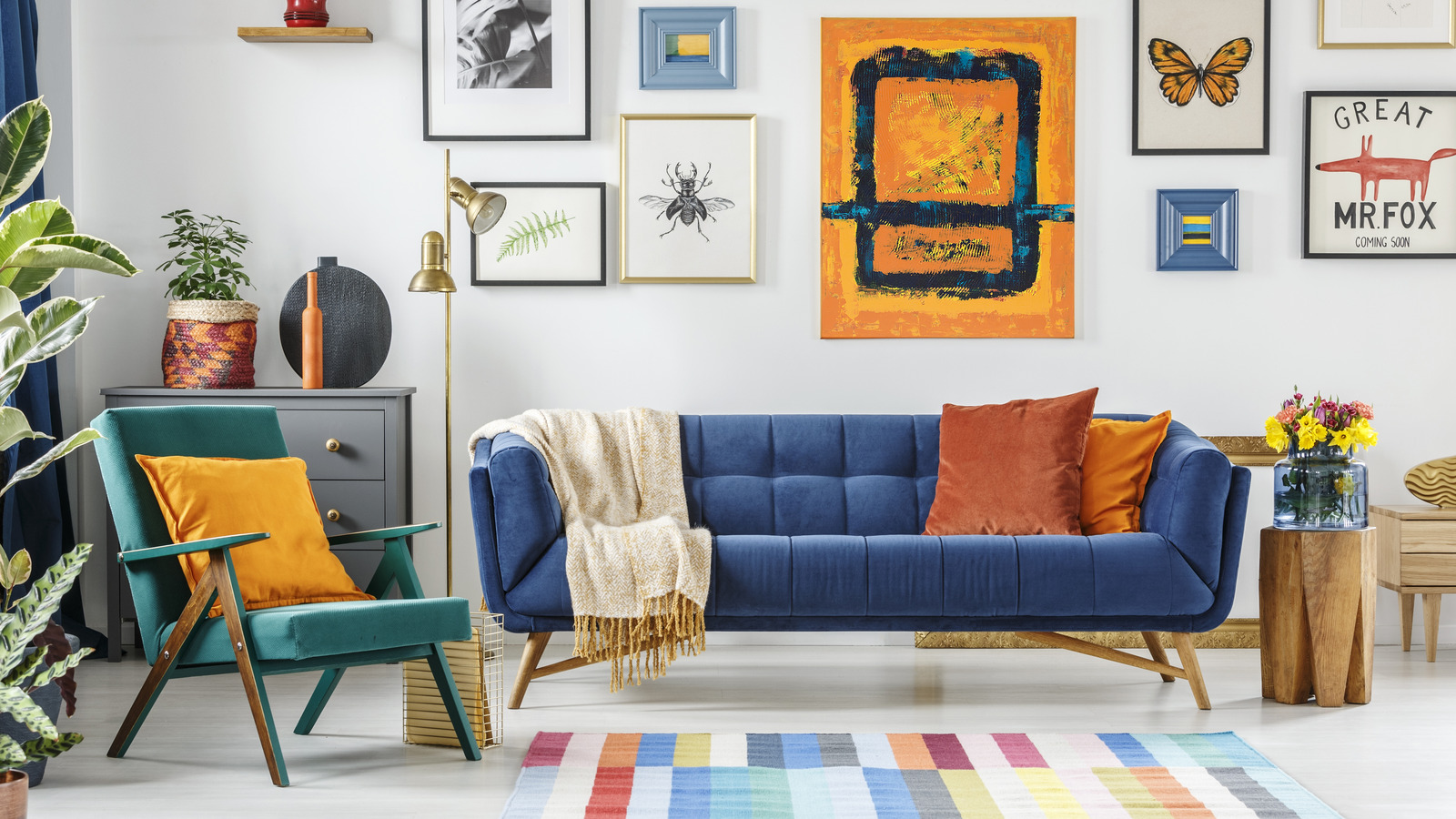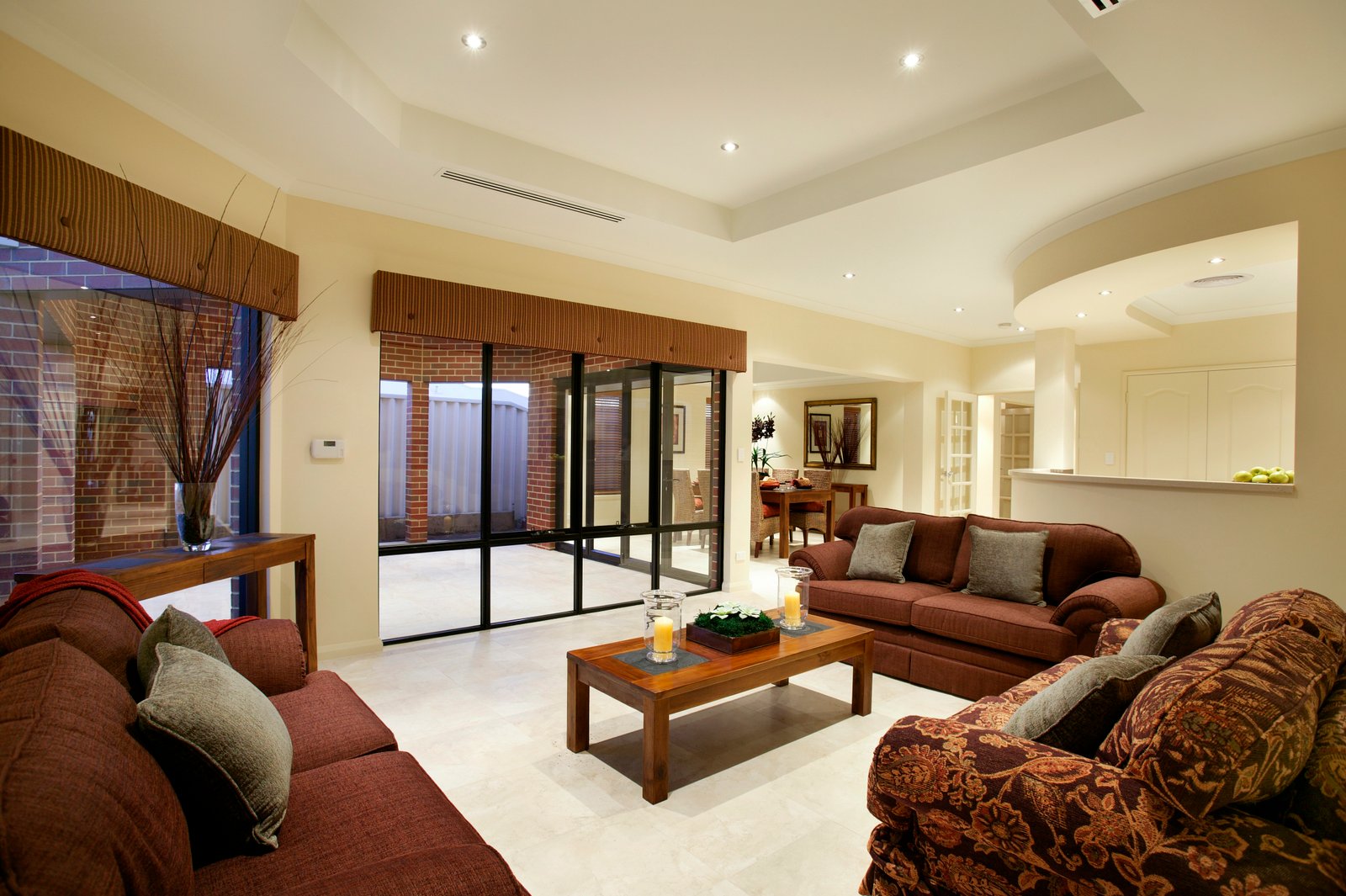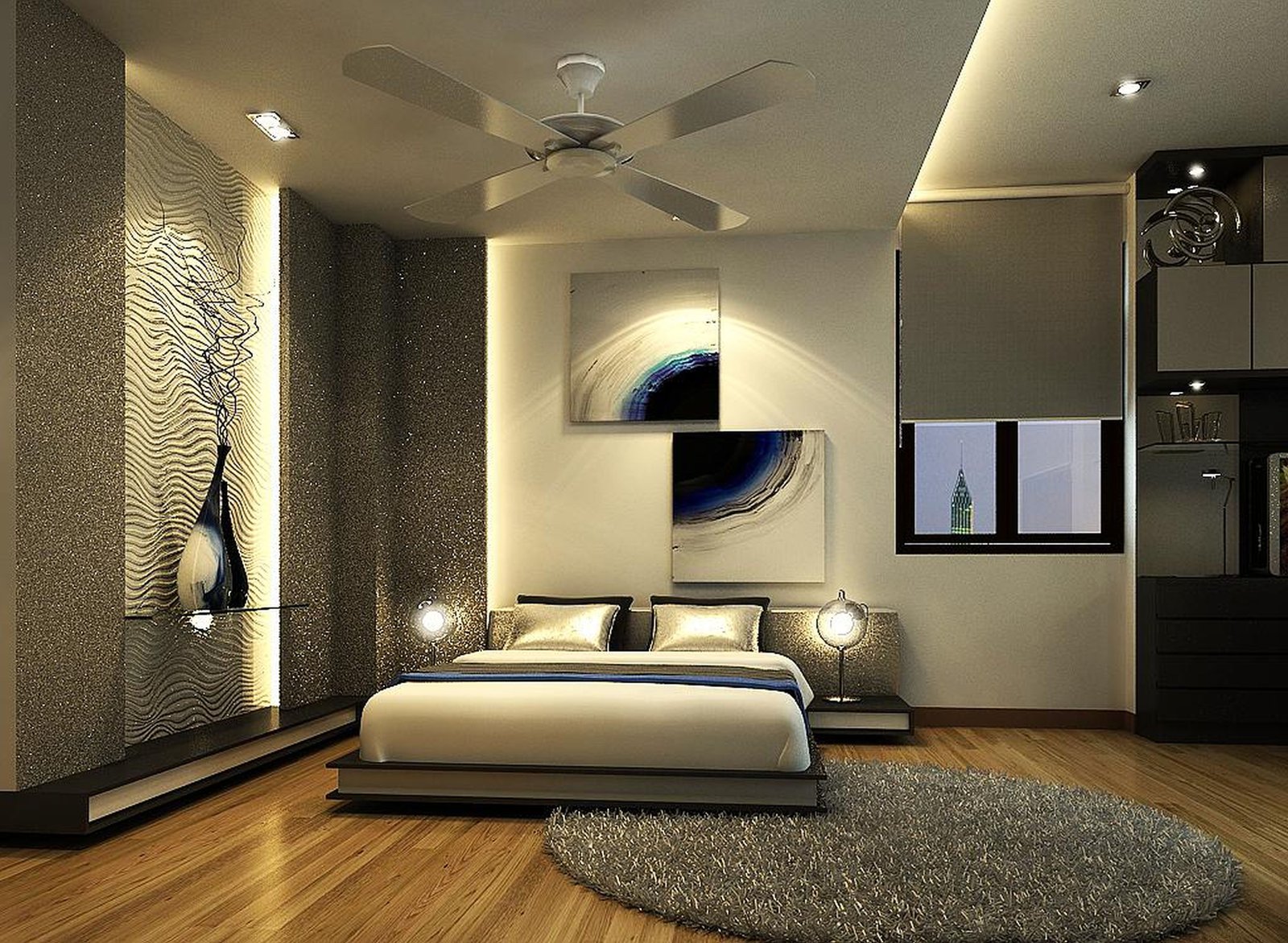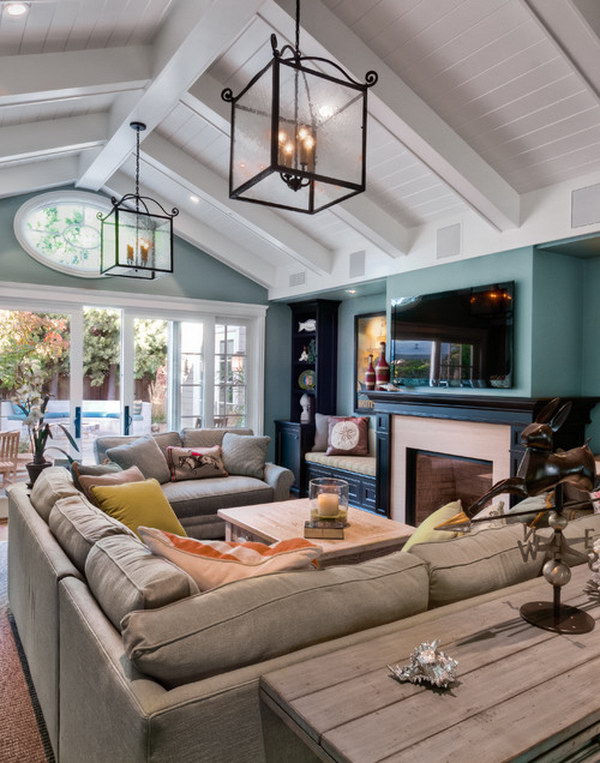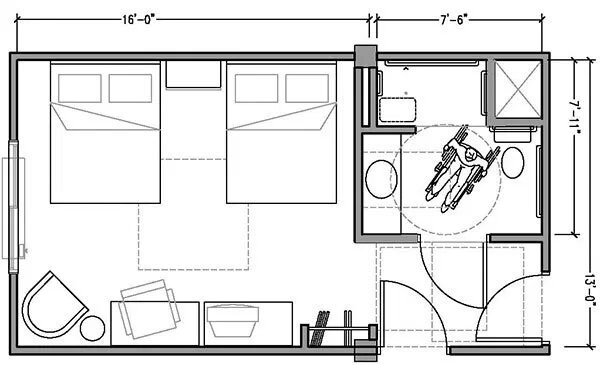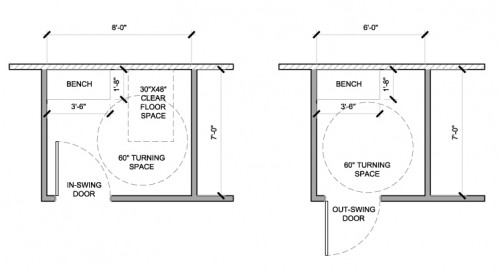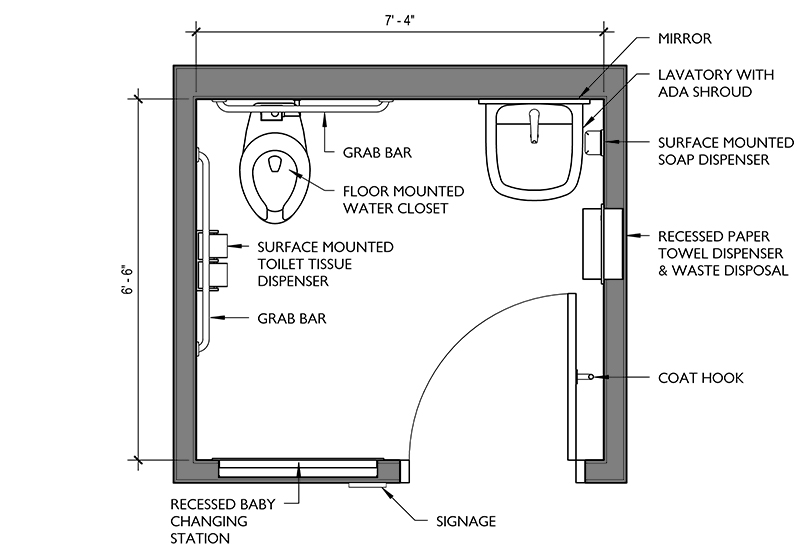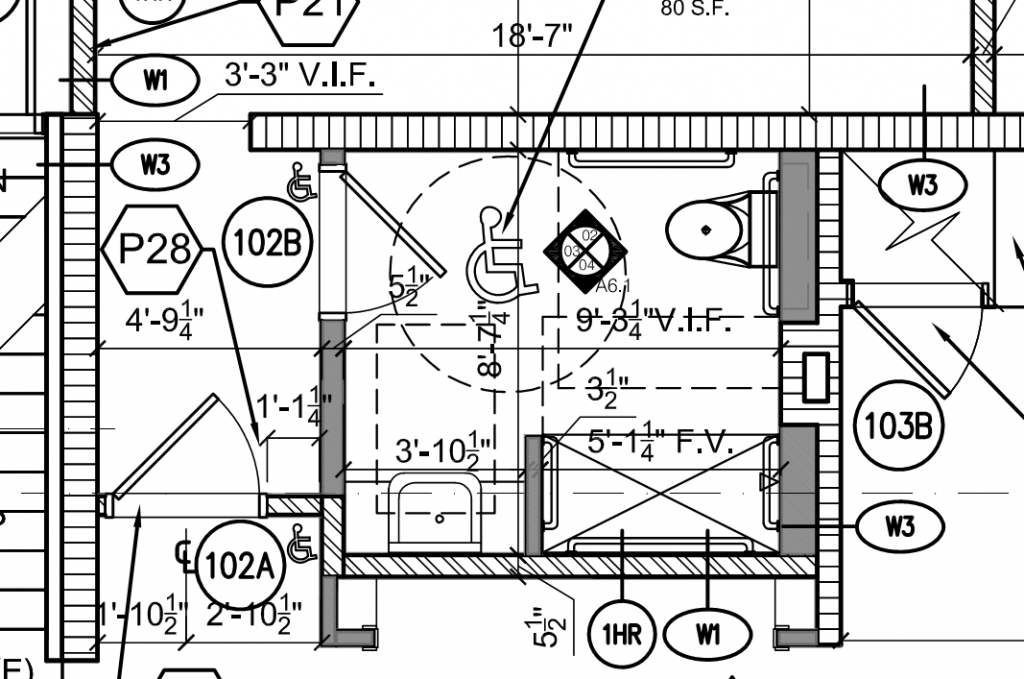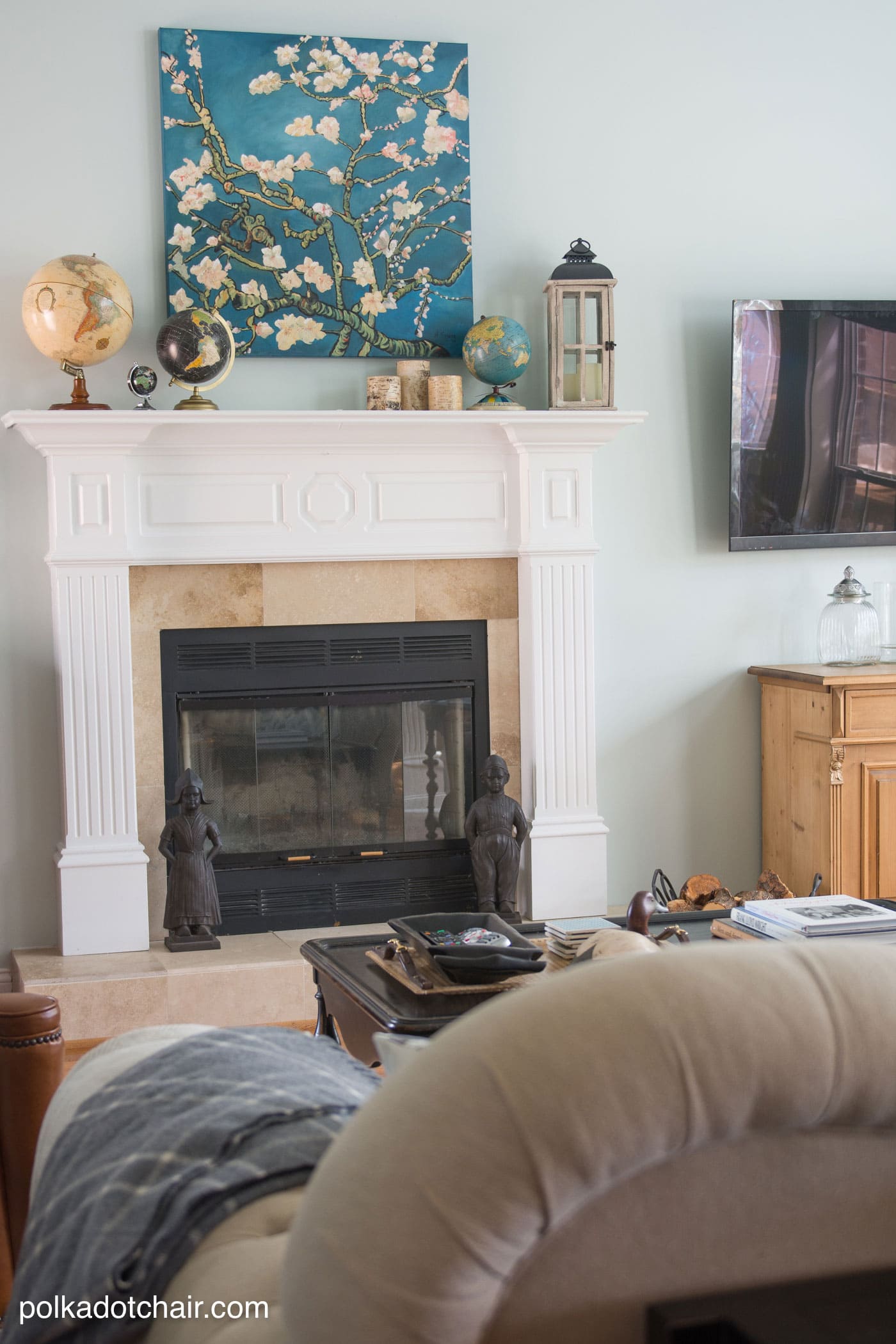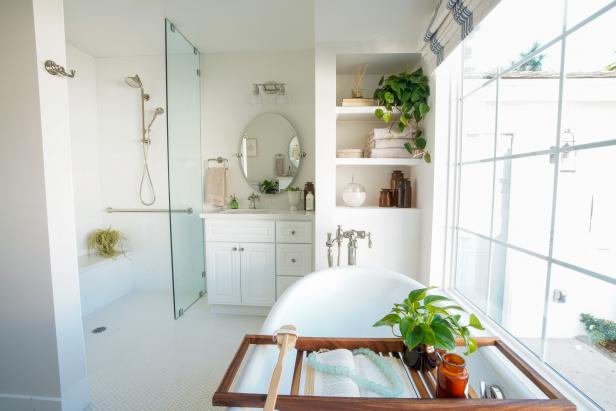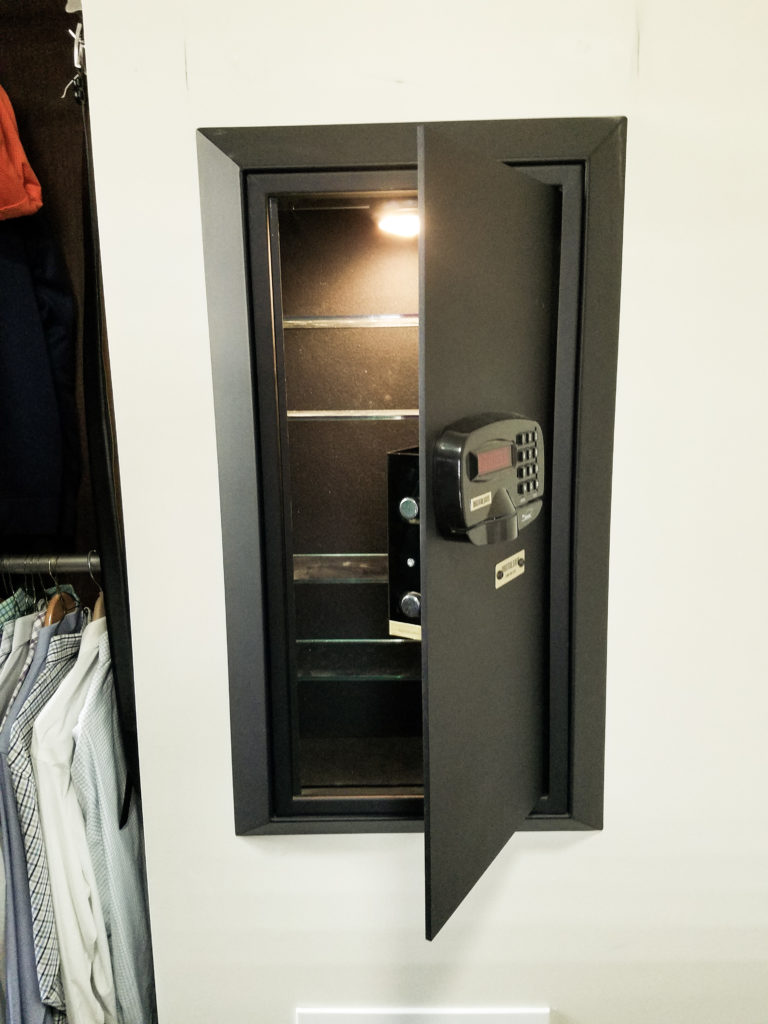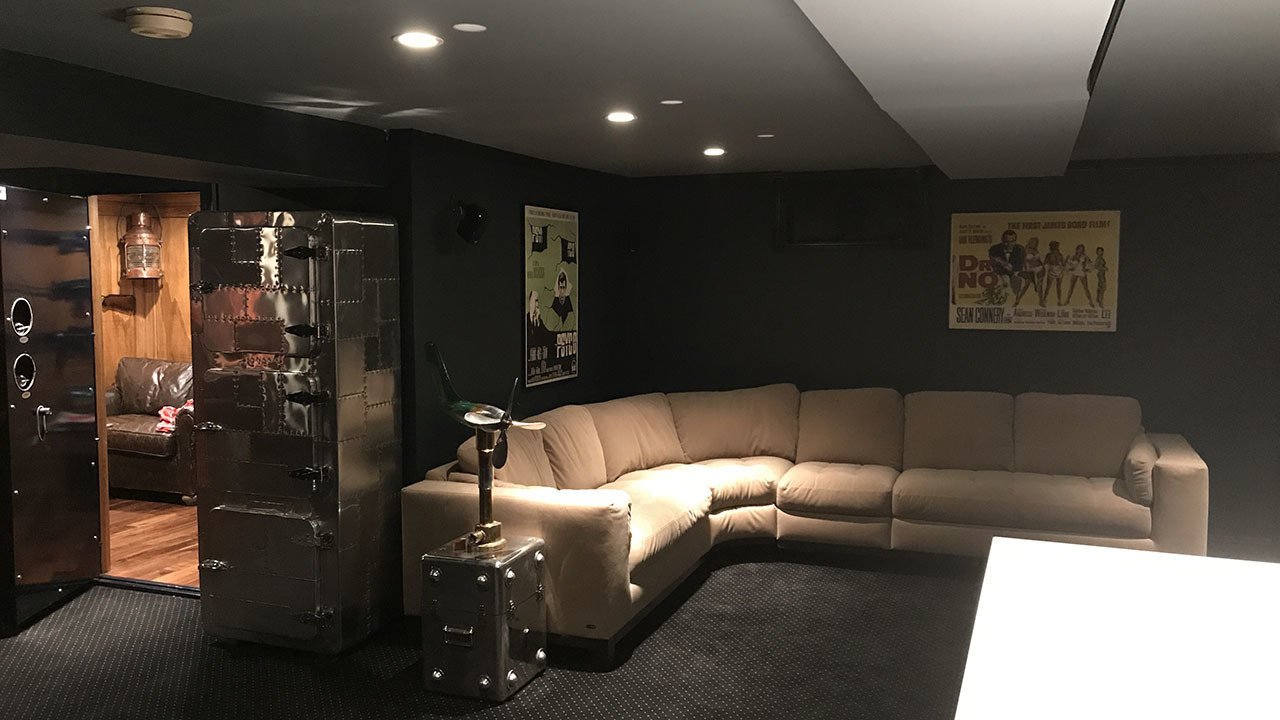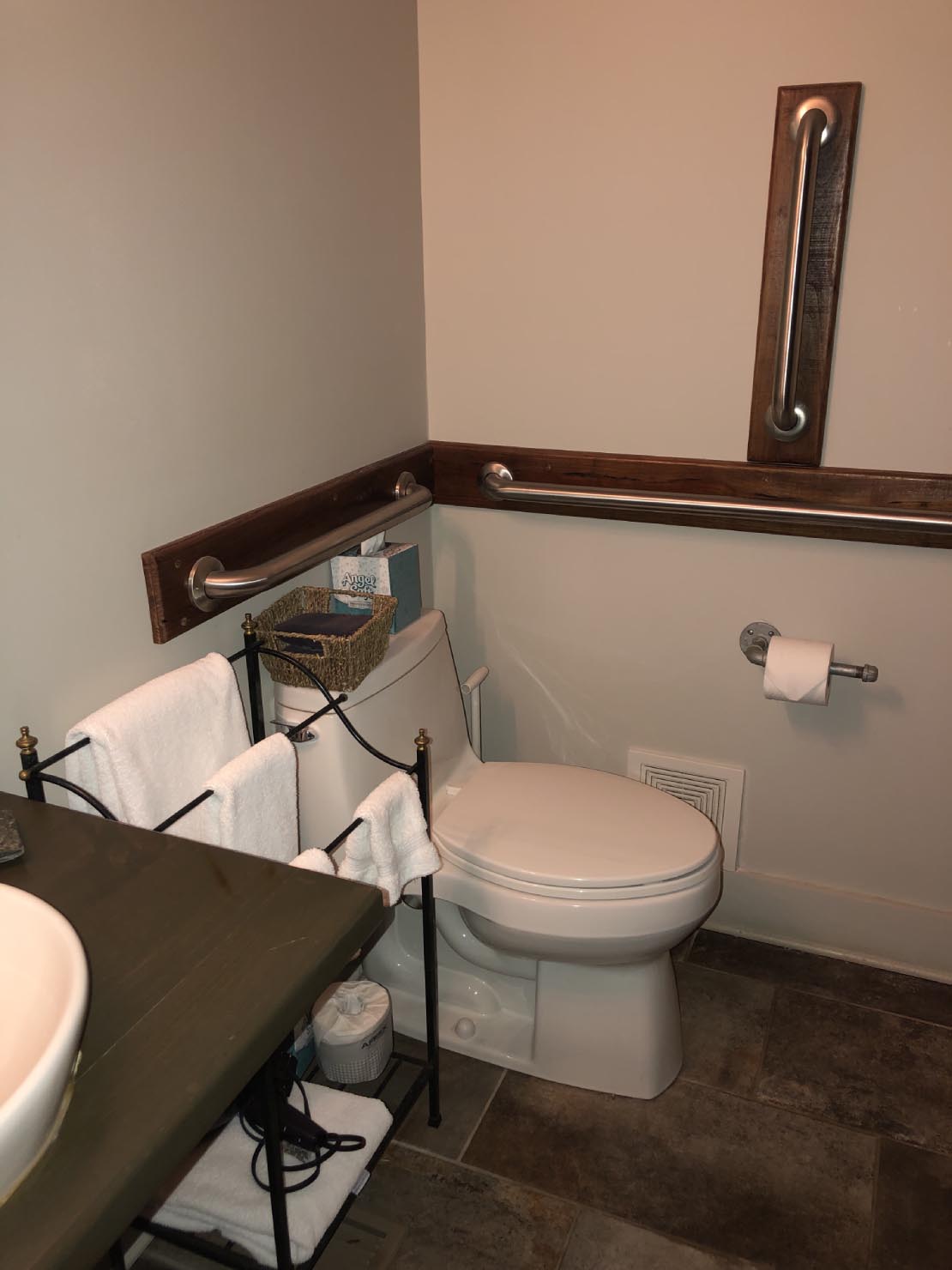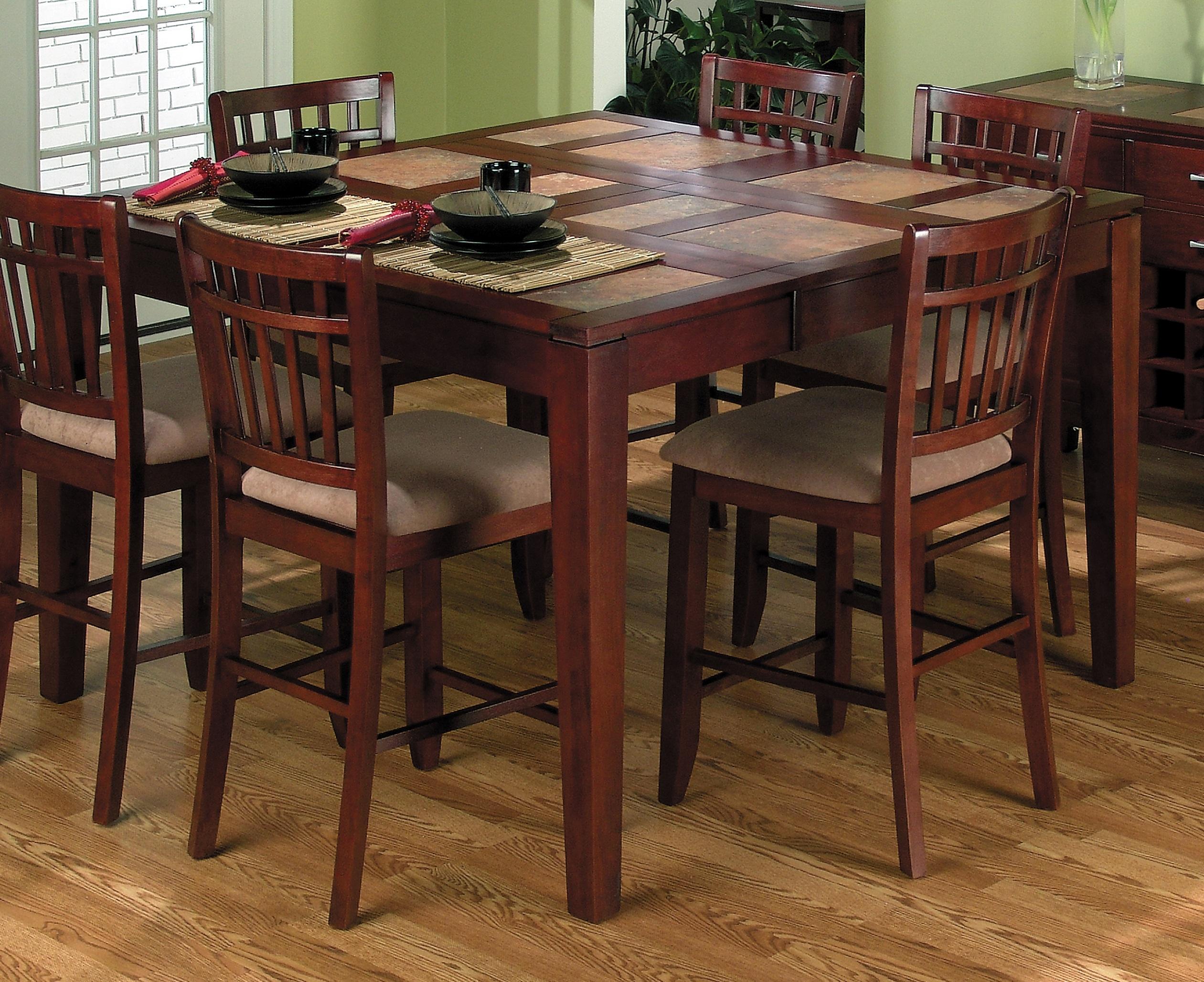ADA Compliant Living Room Design Ideas
Designing a living room that is ADA compliant doesn't just mean making it accessible for people with disabilities. It also means creating a space that is functional, comfortable, and stylish for everyone. With the right design ideas, you can make your living room not only compliant with ADA standards, but also a welcoming and inclusive space for all. Here are the top 10 ideas for an ADA compliant living room.
How to Make Your Living Room ADA Compliant
To make your living room ADA compliant, there are a few key things to keep in mind. First, ensure that there is enough space for wheelchair users to maneuver comfortably. This means having wide doorways, pathways, and clearance around furniture. Next, consider the placement of furniture and decor to ensure that they do not obstruct pathways or create hazards for those with mobility impairments. Finally, choose materials and finishes that are slip-resistant and easy to clean.
ADA Compliant Furniture for Living Rooms
When it comes to furniture, there are several options that are both stylish and ADA compliant. Look for pieces with a seat height between 17 and 19 inches, as this is the standard height for wheelchair users to comfortably transfer onto. Also, consider furniture with armrests for added support and stability. Additionally, furniture with smooth, rounded edges can help prevent injuries and make it easier for wheelchair users to move around.
Creating an Accessible Living Room for Wheelchair Users
For wheelchair users, having an accessible living room can make a huge difference in their daily lives. One way to make your living room more wheelchair-friendly is by installing grab bars near seating areas and in the bathroom. These bars can provide additional support and help with stability. Additionally, consider using furniture with removable armrests to allow for easier transfers from a wheelchair to a sofa or chair.
Tips for Designing an ADA Compliant Living Room
When designing an ADA compliant living room, there are a few key tips to keep in mind. First, make sure that there is enough space between furniture for wheelchair users to easily maneuver. This includes leaving at least 30 inches of clearance between pieces of furniture. Also, avoid using rugs or other tripping hazards, and make sure all cords and cables are safely secured and out of the way.
ADA Compliant Living Room Layouts
The layout of your living room is an important factor in creating an ADA compliant space. Start by choosing a layout that allows for easy movement and accessibility. This could mean opting for a more open concept design or arranging furniture in a way that provides clear pathways. Additionally, consider incorporating a variety of seating options, such as chairs with and without armrests, to accommodate different needs.
Adapting Your Living Room for Accessibility
For those who may have temporary or permanent mobility impairments, adapting your living room for accessibility is crucial. This can include installing ramps or lifts to provide access to different levels of your home, as well as making sure that all doorways are wide enough for wheelchair access. You may also want to consider adding remote-controlled lighting and blinds for added convenience.
Features of an ADA Compliant Living Room
Some important features of an ADA compliant living room include ample space for mobility, easily reachable light switches and outlets, and adjustable furniture. This means that all seating should be at a comfortable height for wheelchair users, and that light switches and outlets should be no higher than 48 inches from the floor. Additionally, consider installing a lower counter or desk for those who may use a wheelchair or have difficulty standing for long periods of time.
Making Your Living Room Safe and Accessible for All
In addition to meeting ADA standards, it's important to make your living room safe and accessible for everyone who uses it. This means making sure that there are no tripping hazards, such as loose rugs or cords, and that the space is well-lit for those with visual impairments. You may also want to consider adding handrails or grab bars near stairs or areas where there may be a risk of falling.
ADA Compliant Living Room Decor Ideas
When it comes to decorating your ADA compliant living room, there are plenty of stylish and functional options to choose from. Consider using contrasting colors and textures to help those with visual impairments distinguish between different areas of the room. You can also incorporate large, bold patterns and prints to add visual interest and make it easier for those with low vision to navigate the space.
The Importance of an ADA Compliant Living Room
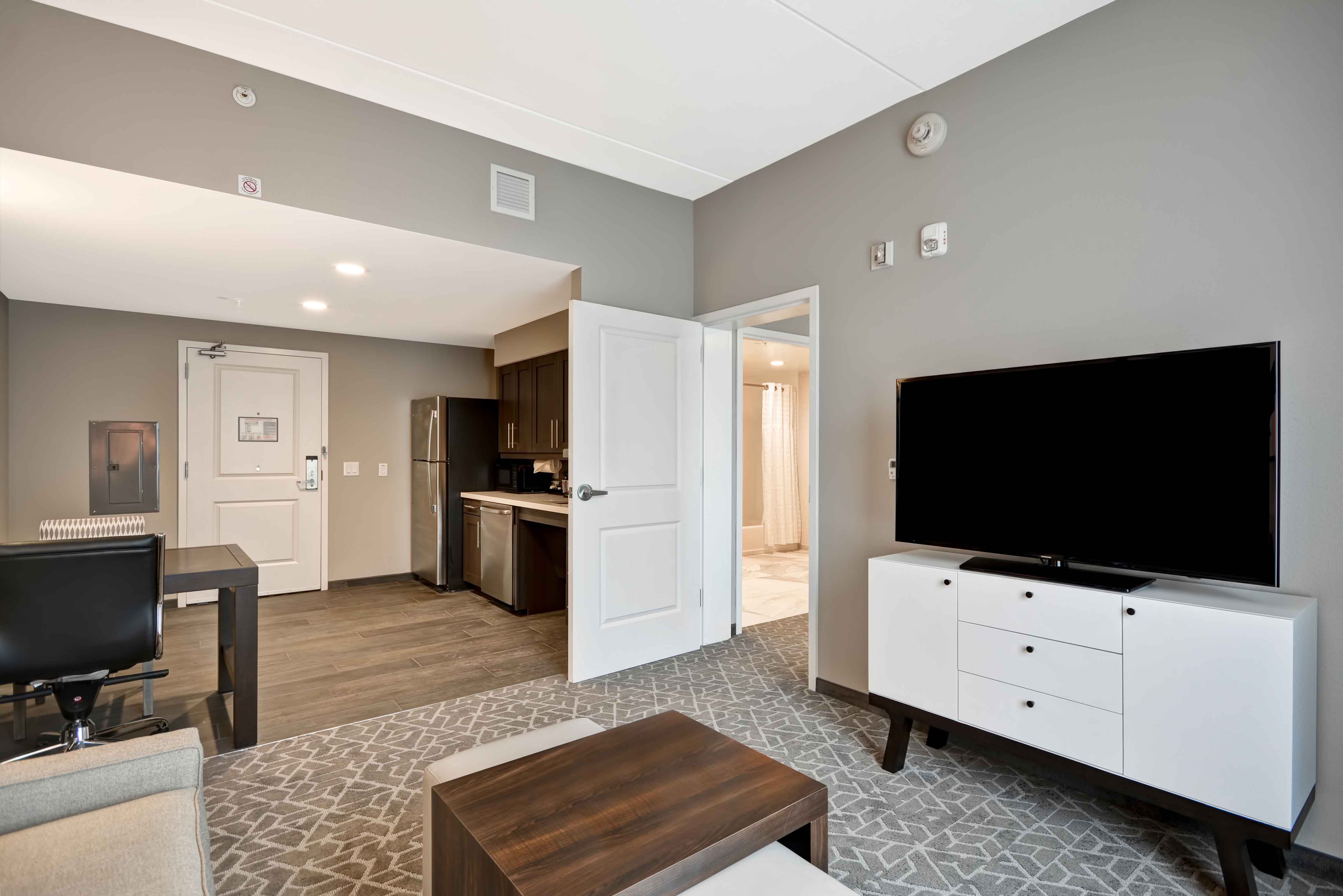
Creating a Welcoming and Accessible Space
 When designing a living room, it's important to consider the needs of all individuals who may use the space. This includes those with disabilities or mobility impairments. The Americans with Disabilities Act (ADA) sets standards for construction and design to ensure that all individuals have equal access to public spaces, including private residences. By incorporating
ADA compliant
elements into your living room, you can create a welcoming and accessible space for everyone.
When designing a living room, it's important to consider the needs of all individuals who may use the space. This includes those with disabilities or mobility impairments. The Americans with Disabilities Act (ADA) sets standards for construction and design to ensure that all individuals have equal access to public spaces, including private residences. By incorporating
ADA compliant
elements into your living room, you can create a welcoming and accessible space for everyone.
What Does ADA Compliance Mean?
 The ADA sets standards for accessible design in various areas, including entrances, paths of travel, and rooms within a building. In terms of a living room, ADA compliance means that the space is designed to accommodate individuals with disabilities. This can include features such as wider doorways and hallways for wheelchair access, lower light switches and outlets, and grab bars in the bathroom. These elements not only make the space accessible to those with disabilities, but they also enhance the overall functionality and usability of the room for everyone.
The ADA sets standards for accessible design in various areas, including entrances, paths of travel, and rooms within a building. In terms of a living room, ADA compliance means that the space is designed to accommodate individuals with disabilities. This can include features such as wider doorways and hallways for wheelchair access, lower light switches and outlets, and grab bars in the bathroom. These elements not only make the space accessible to those with disabilities, but they also enhance the overall functionality and usability of the room for everyone.
Designing an ADA Compliant Living Room
 To ensure that your living room is ADA compliant, there are several key factors to consider. First, the room should have a clear and unobstructed path of travel for individuals using mobility aids such as wheelchairs or walkers. This means keeping furniture, rugs, and other objects out of the way to allow for easy maneuvering. Next, the room should have ample space for individuals to move around and comfortably navigate the space. This includes providing enough room for a wheelchair to turn and maneuver.
In terms of seating, it's important to have a variety of options to accommodate individuals with different needs. This can include chairs with armrests for those who need extra support, as well as lower seating options for those who may have difficulty getting up from higher chairs. Additionally, lighting and electrical outlets should be placed at accessible heights for individuals in wheelchairs or with limited reach.
To ensure that your living room is ADA compliant, there are several key factors to consider. First, the room should have a clear and unobstructed path of travel for individuals using mobility aids such as wheelchairs or walkers. This means keeping furniture, rugs, and other objects out of the way to allow for easy maneuvering. Next, the room should have ample space for individuals to move around and comfortably navigate the space. This includes providing enough room for a wheelchair to turn and maneuver.
In terms of seating, it's important to have a variety of options to accommodate individuals with different needs. This can include chairs with armrests for those who need extra support, as well as lower seating options for those who may have difficulty getting up from higher chairs. Additionally, lighting and electrical outlets should be placed at accessible heights for individuals in wheelchairs or with limited reach.
The Benefits of an ADA Compliant Living Room
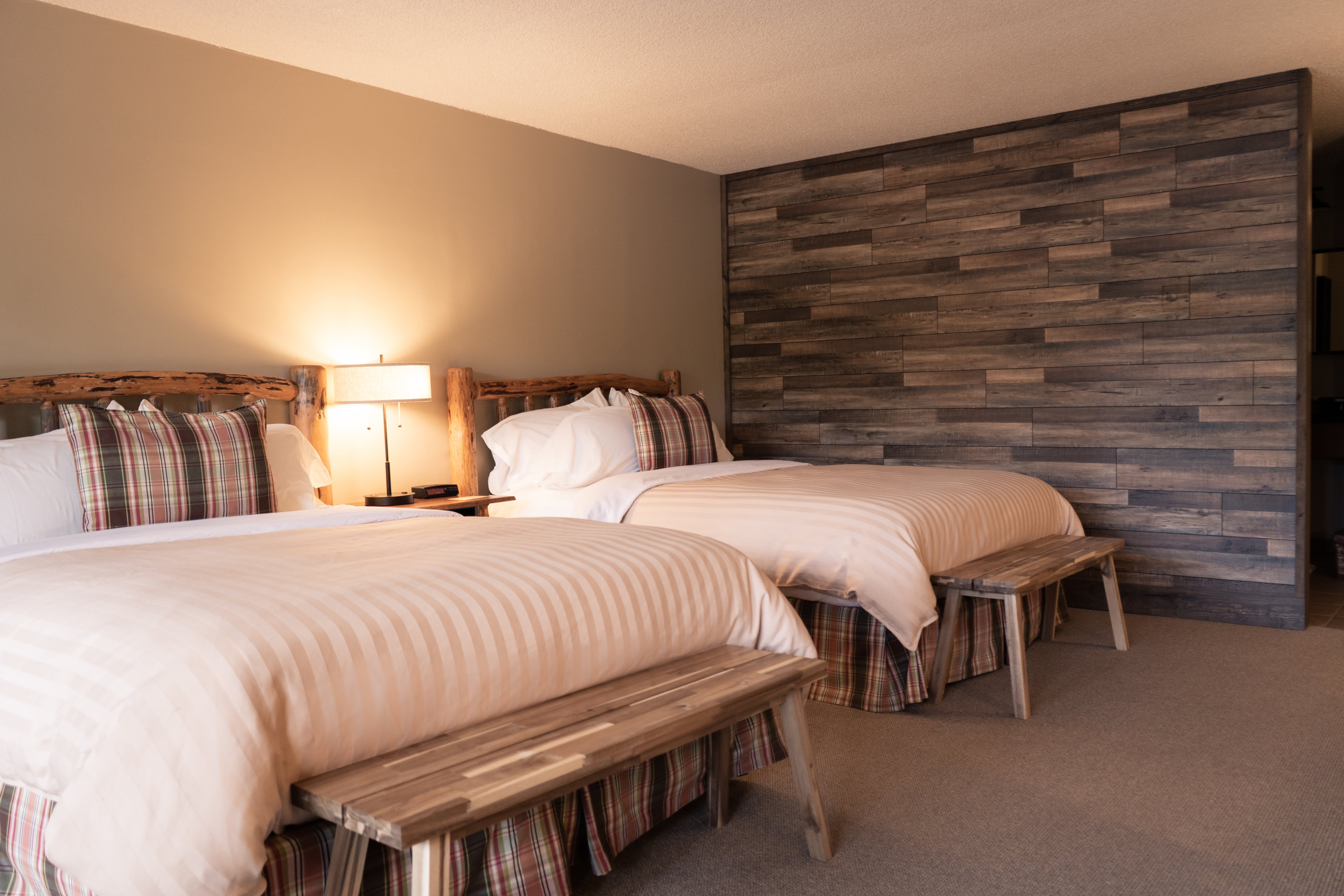 Incorporating
ADA compliant
features into your living room not only ensures equal access for all individuals but also enhances the overall design and functionality of the space. By creating a welcoming and accessible living room, you are also creating a safe and inclusive environment for family members, friends, and guests with disabilities. Whether you are designing a new living room or making modifications to an existing one, incorporating ADA standards will not only benefit those with disabilities but also improve the overall quality and value of your home.
Incorporating
ADA compliant
features into your living room not only ensures equal access for all individuals but also enhances the overall design and functionality of the space. By creating a welcoming and accessible living room, you are also creating a safe and inclusive environment for family members, friends, and guests with disabilities. Whether you are designing a new living room or making modifications to an existing one, incorporating ADA standards will not only benefit those with disabilities but also improve the overall quality and value of your home.





